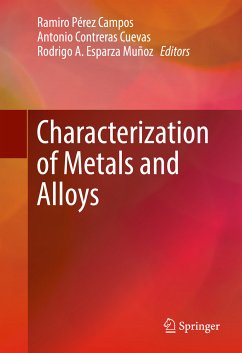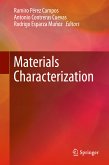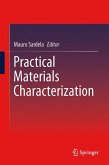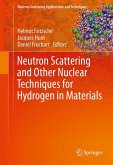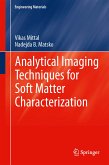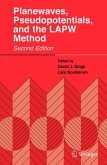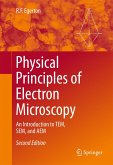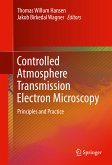This book covers various aspects of characterization of materials in the areas of metals, alloys, steels, welding, nanomaterials, intermetallic, and surface coatings. These materials are obtained by different methods and techniques like spray, mechanical milling, sol-gel, casting, biosynthesis, and chemical reduction among others. Some of these materials are classified according to application such as materials for medical application, materials for industrial applications, materials used in the oil industry and materials used like coatings. The authors provide a comprehensive overview of structural characterization techniques including scanning electron microscopy (SEM), X-ray diffraction (XRD), transmission electron microscopy (TEM), Raman spectroscopy, image analysis, finite element method (FEM), optical microscopy (OM), energy dispersive spectroscopy (EDS), Fourier transform infrared spectroscopy (FTIR), differential thermal analysis (DTA), differential scanning calorimetry (DSC), ultraviolet-visible spectroscopy (UV-Vis), infrared photo-thermal radiometry (IPTR), electrochemical impedance spectroscopy (EIS), thermogravimetry analysis (TGA), thermo luminescence (TL), photoluminescence (PL), high resolution transmission electron microscopy (HRTEM), and radio frequency (RF). The book includes theoretical models and illustrations of characterization properties-both structural and chemical.
Dieser Download kann aus rechtlichen Gründen nur mit Rechnungsadresse in A, B, BG, CY, CZ, D, DK, EW, E, FIN, F, GR, HR, H, IRL, I, LT, L, LR, M, NL, PL, P, R, S, SLO, SK ausgeliefert werden.

